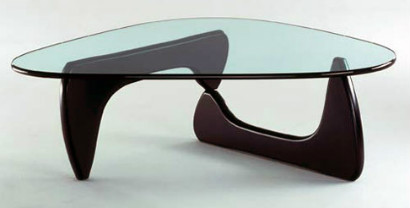Common Questions: 1
Is there real design in Nature or do we just impose it?
Yes, there is real evidence of design in nature. Most people, when they think about life and the universe, intuitively sense that they are designed. In fact a poll conducted in 2009 by Theos, the public theology think-tank, found that 51% of the general population thought that Intelligent Design (ID) is a credible proposition.
 Most objects we encounter in our lives are designed, and, in fact, it is very difficult to find things which are not designed or contain elements of design. We are so accustomed to design that we don’t give it much thought. But the detection of design does not depend on our intuition.
Most objects we encounter in our lives are designed, and, in fact, it is very difficult to find things which are not designed or contain elements of design. We are so accustomed to design that we don’t give it much thought. But the detection of design does not depend on our intuition.
There are objective features of objects that point to design. Two in particular identify design. If an object or property is unlikely to have arisen by a chance process or from the operation of a natural law and, if the object or property is specified in some way which is independent of the object in question, then it is almost certainly designed. In other words, if an object has low probability and high specificity, it is designed.
For example, the coffee table shown here is unlikely to have arisen by any random or chance process, and certainly not by an explosion in a wood yard! It is clearly based on a specification developed by a home design professional and translated by a craftsman or via a computerised machine into the object which we recognise as a coffee table.
 Another example is the famous rock formation at Mount Rushmore in South Dakota where the heads of four presidents of America can be easily discerned. The surrounding rocks carry no particular pattern and have been formed by natural geological processes over many years. But the faces of the four Presidents appear because a somewhat eccentric sculptor spent a large part of his life chiselling the rock face to produce these likenesses whose facial features are specified elsewhere in photographs and portraits. We would never argue there is no design here.
Another example is the famous rock formation at Mount Rushmore in South Dakota where the heads of four presidents of America can be easily discerned. The surrounding rocks carry no particular pattern and have been formed by natural geological processes over many years. But the faces of the four Presidents appear because a somewhat eccentric sculptor spent a large part of his life chiselling the rock face to produce these likenesses whose facial features are specified elsewhere in photographs and portraits. We would never argue there is no design here.
When we study the nature of the cosmos and especially the incredibly complex systems in living things – each part of which is specified in the genetic information carried in DNA – we can reasonably conclude that we are looking at designed objects.
It is important to realise, therefore, that the detection of design in nature is not based a religious proposition, but on the scientifically accepted criteria for design.
To some, the evidence for design in nature is an uncomfortable conclusion because it implies a supreme designer for the universe. But the data which leads to that implication is essentially empirical and based on the recognised criteria for design. We should not rule out the existence of design in nature because we don’t like the implications. That would involve ignoring the obvious evidence of design.
For further study:
Unlocking the Mystery of Life, DVD, Illustra Media
The Design Revolution, Dembski, IVP, 2004
The Design of Life, Dembski and Wells, Foundation for Thought and Ethics, 2008
Image credits:
Thumbnail - X-Weinzar. The file is licensed under the Creative Commons Attribution 2.0 Generic licence.
Coffee table by Isamu Noguchi - Wikimedia Commons
Mount Rushmore National Memorial - prepared by US Government official, Wikimedia Commons